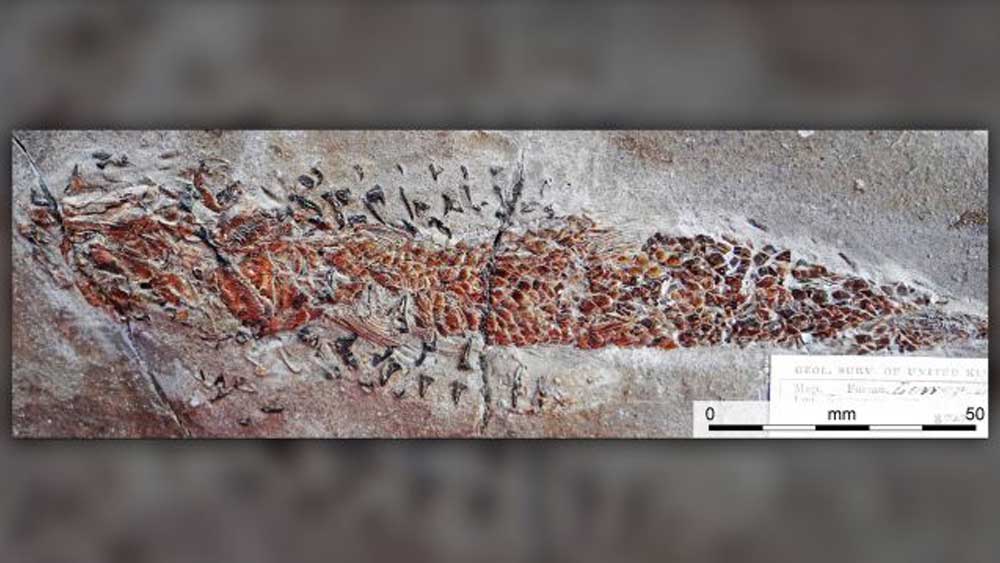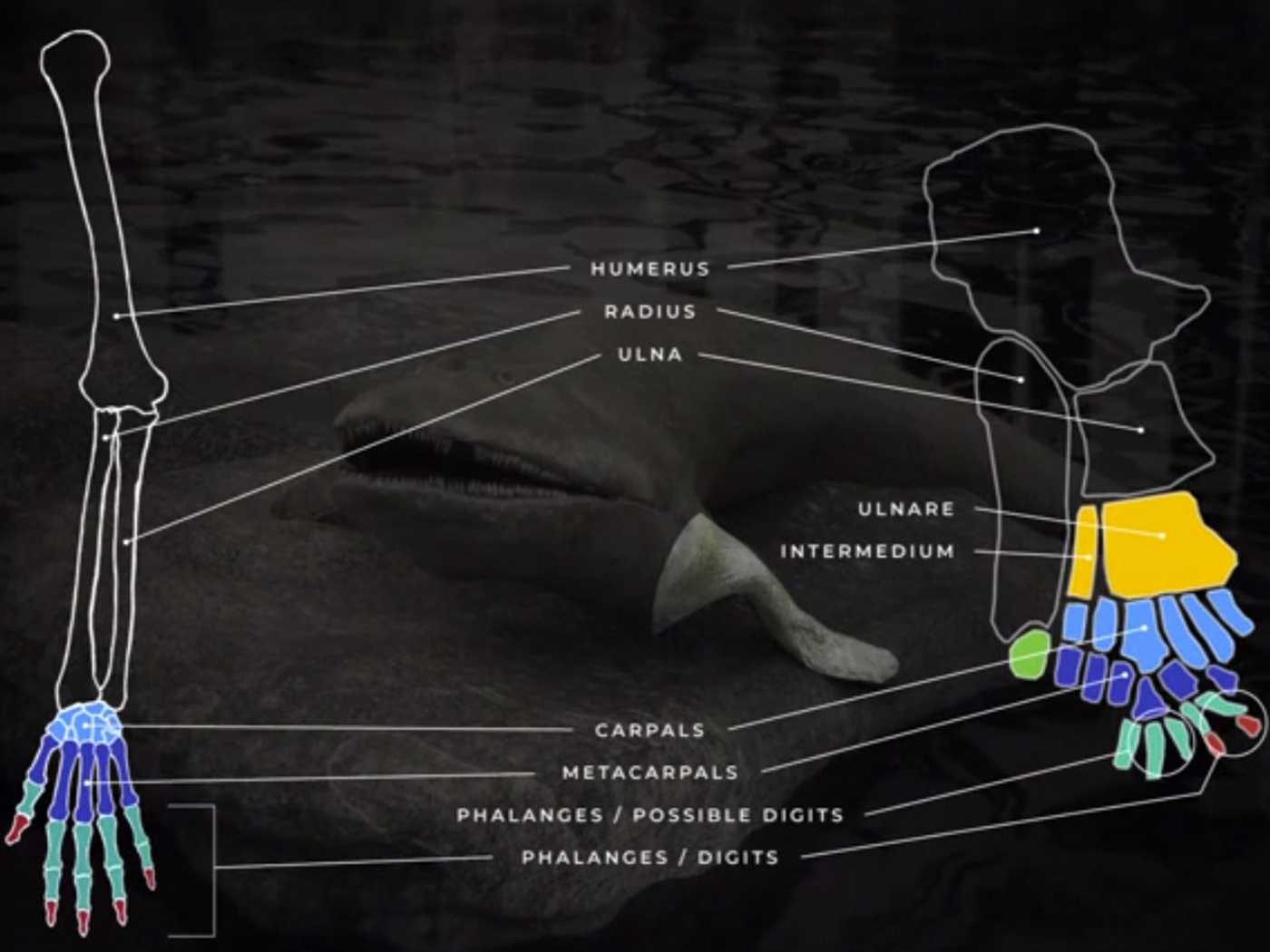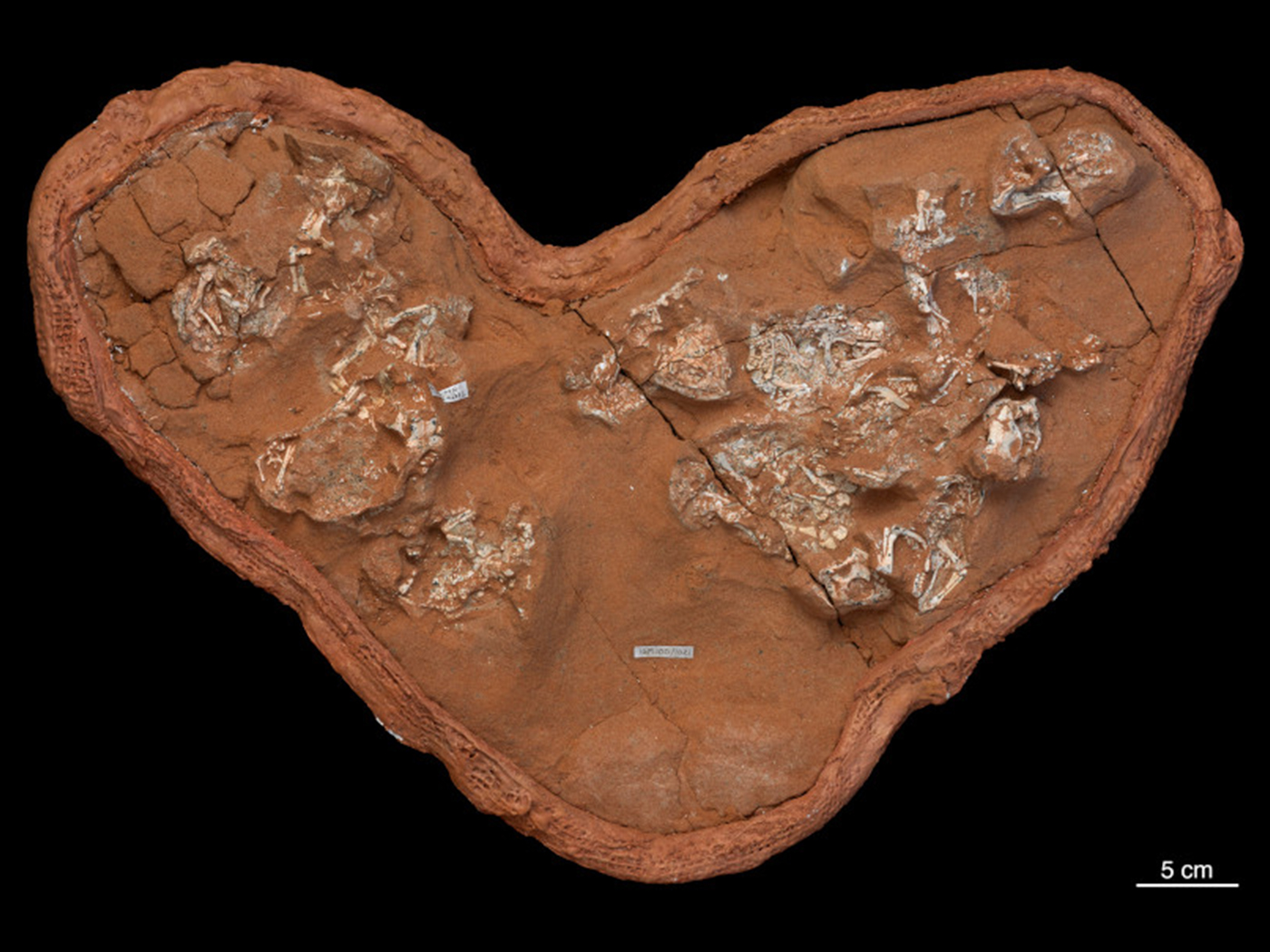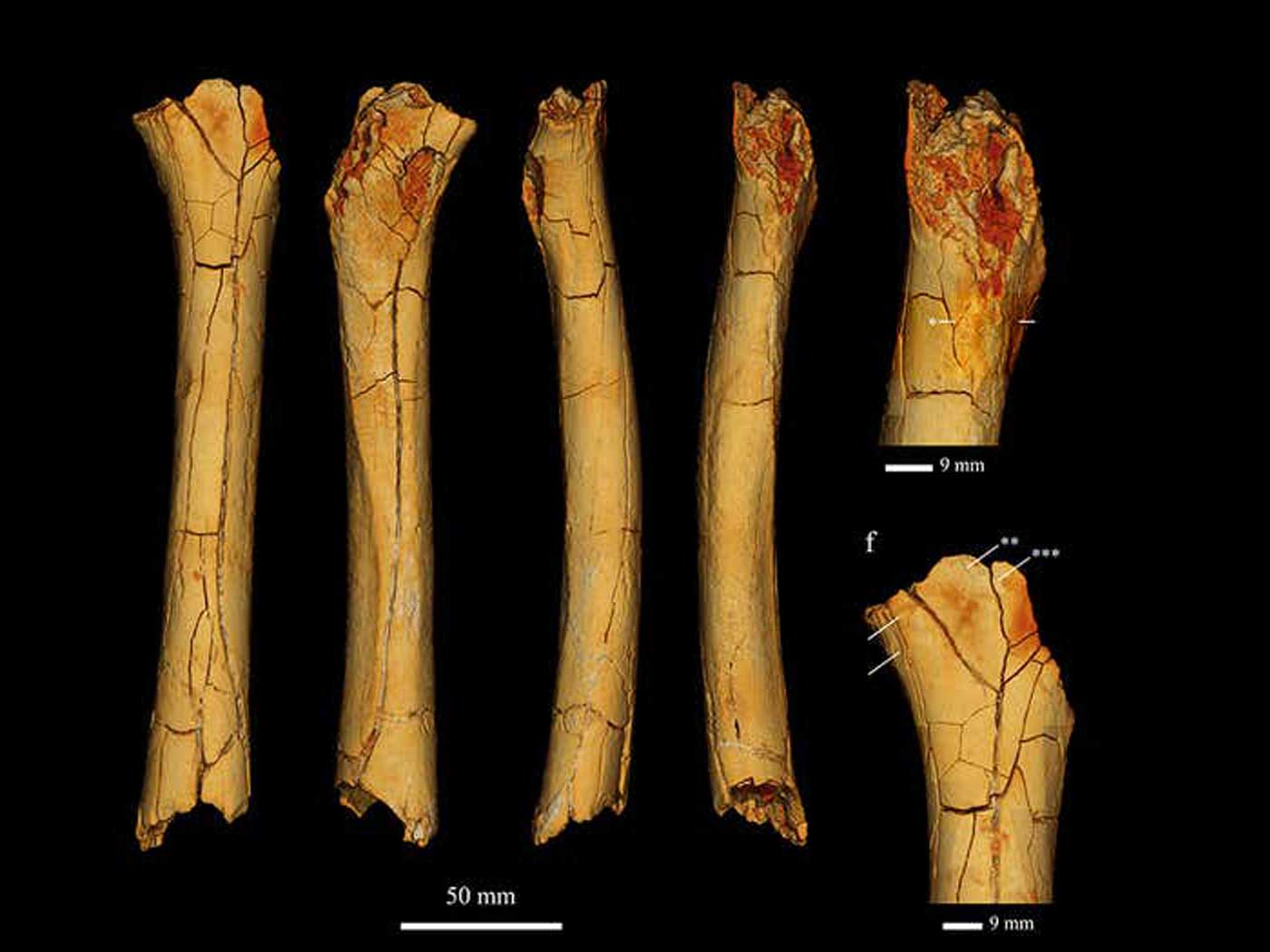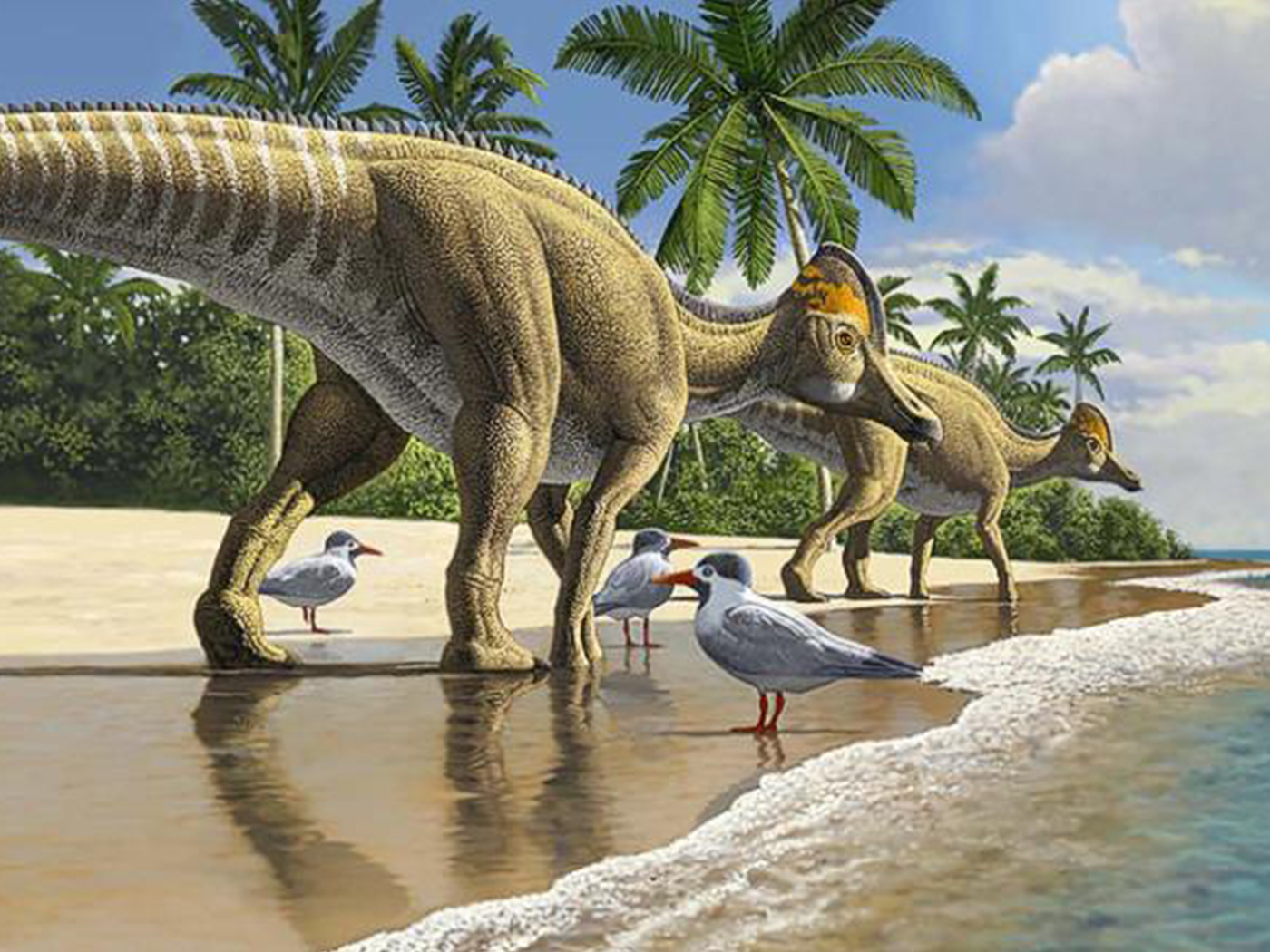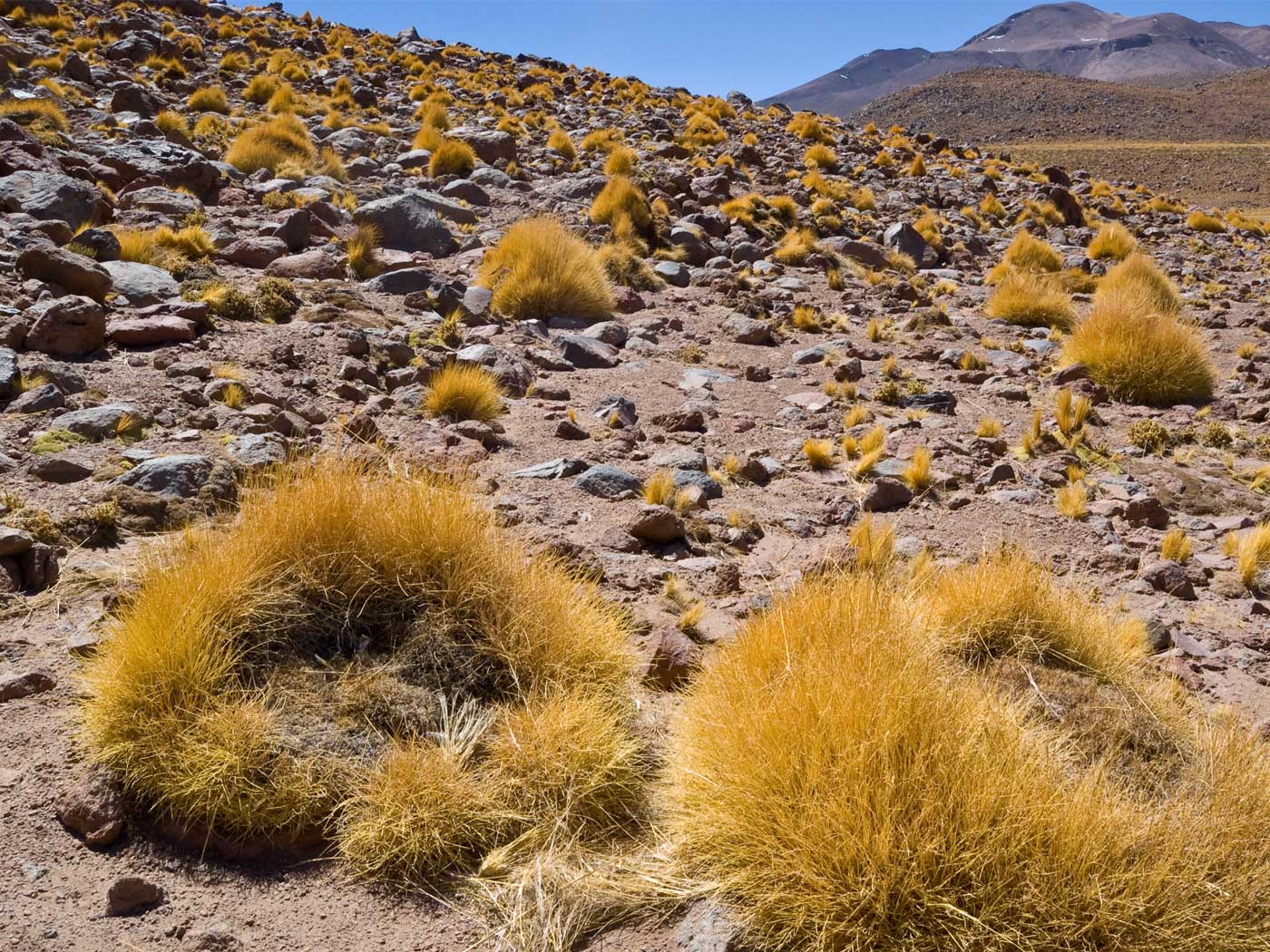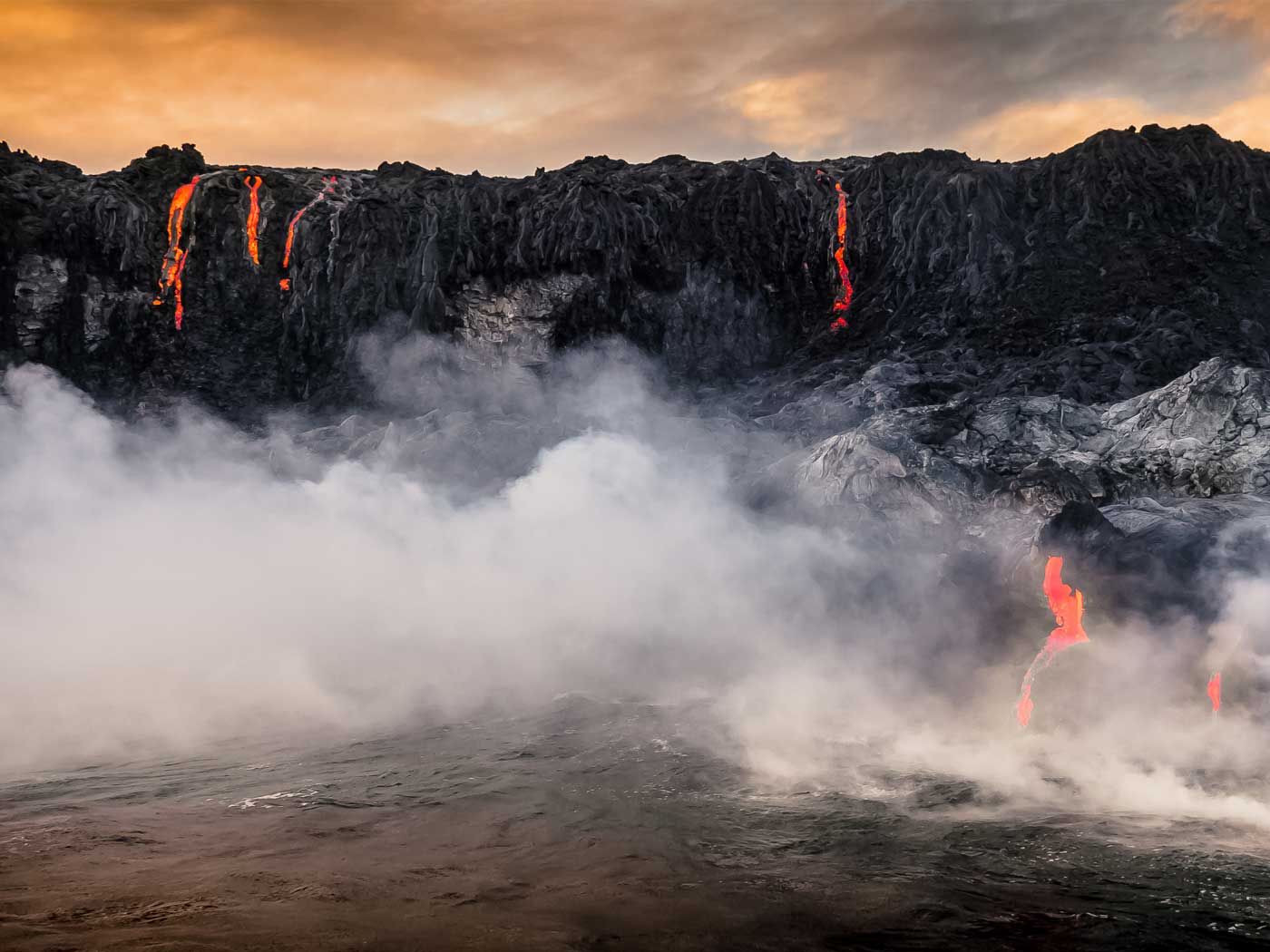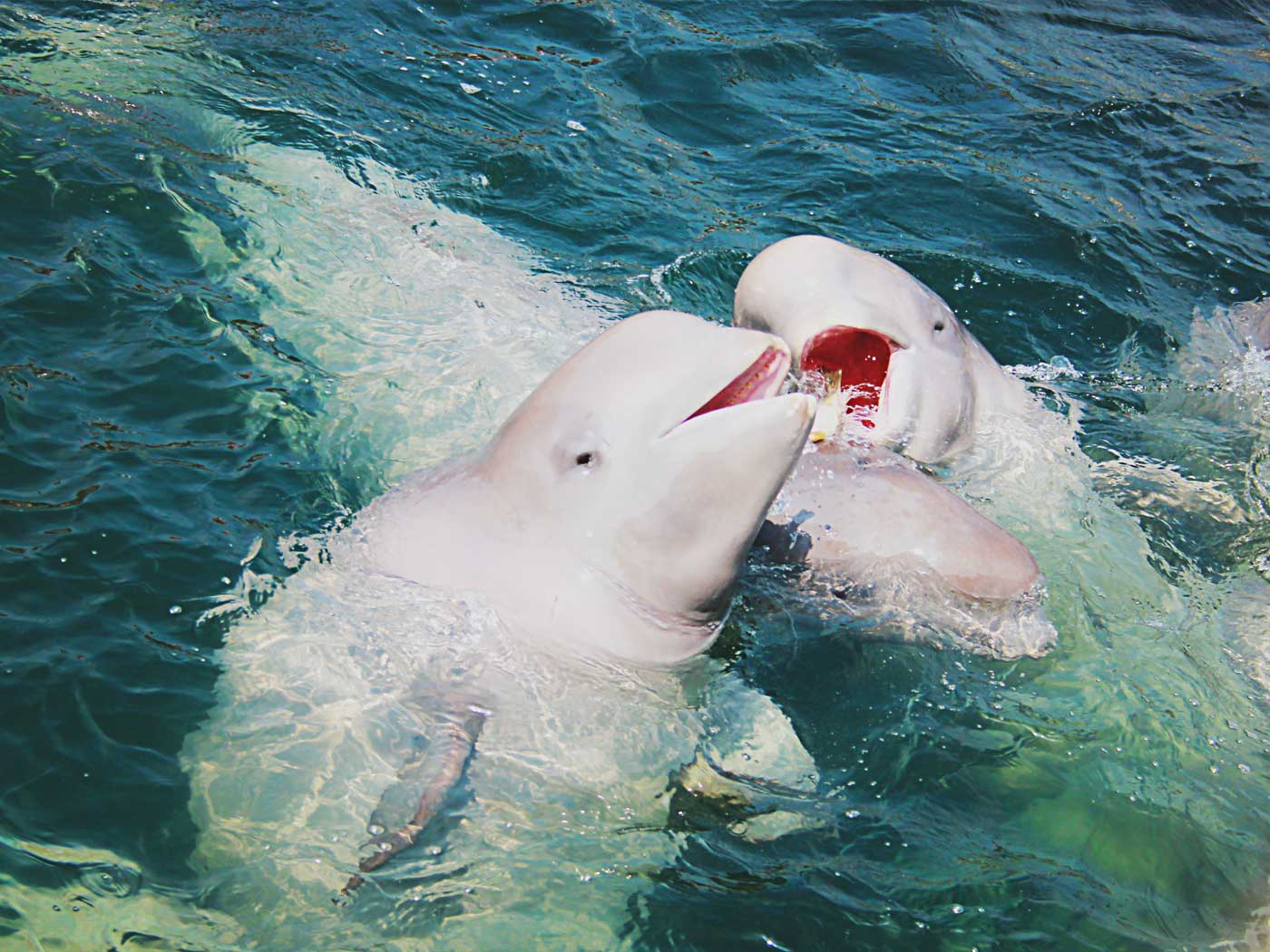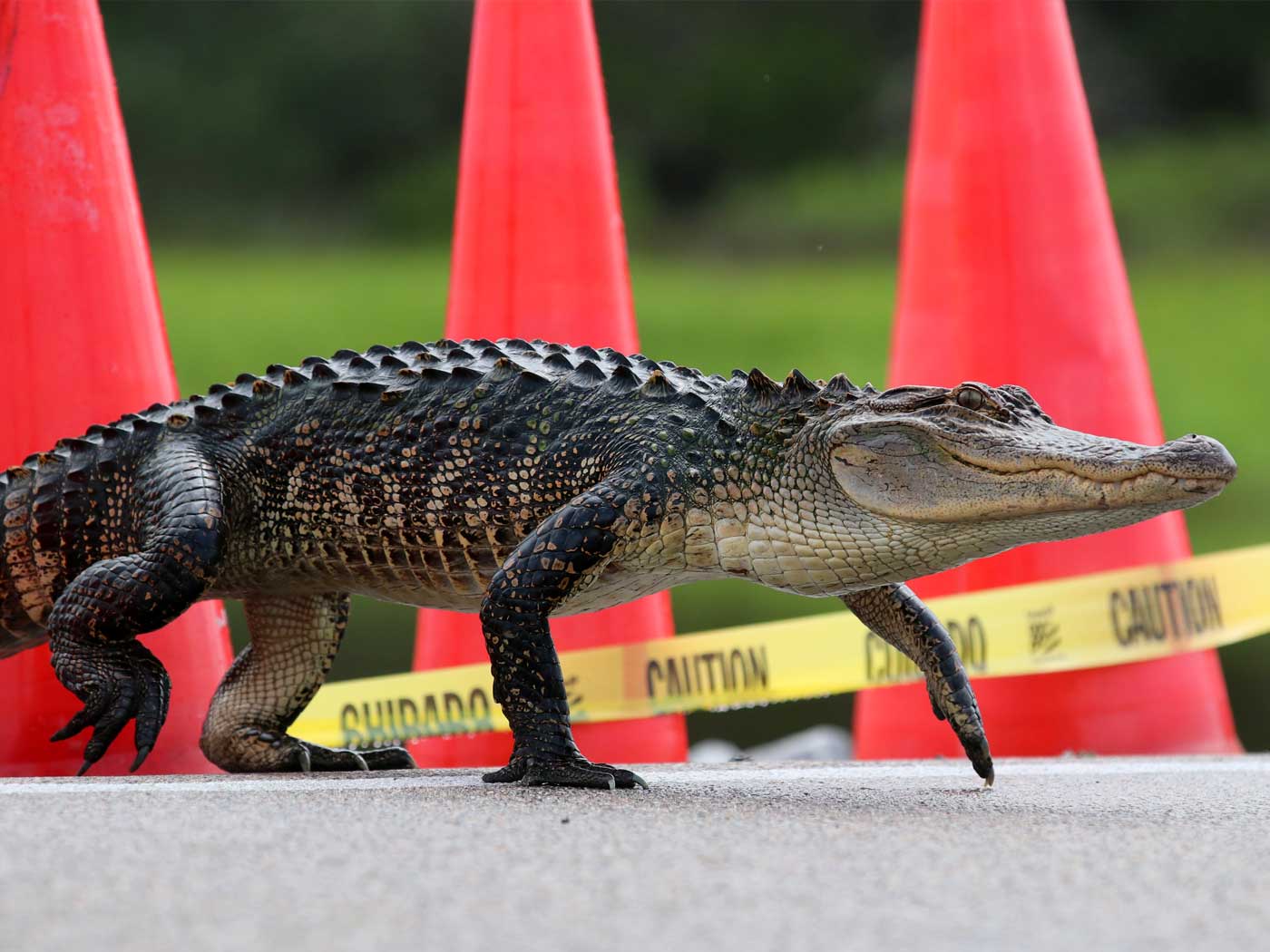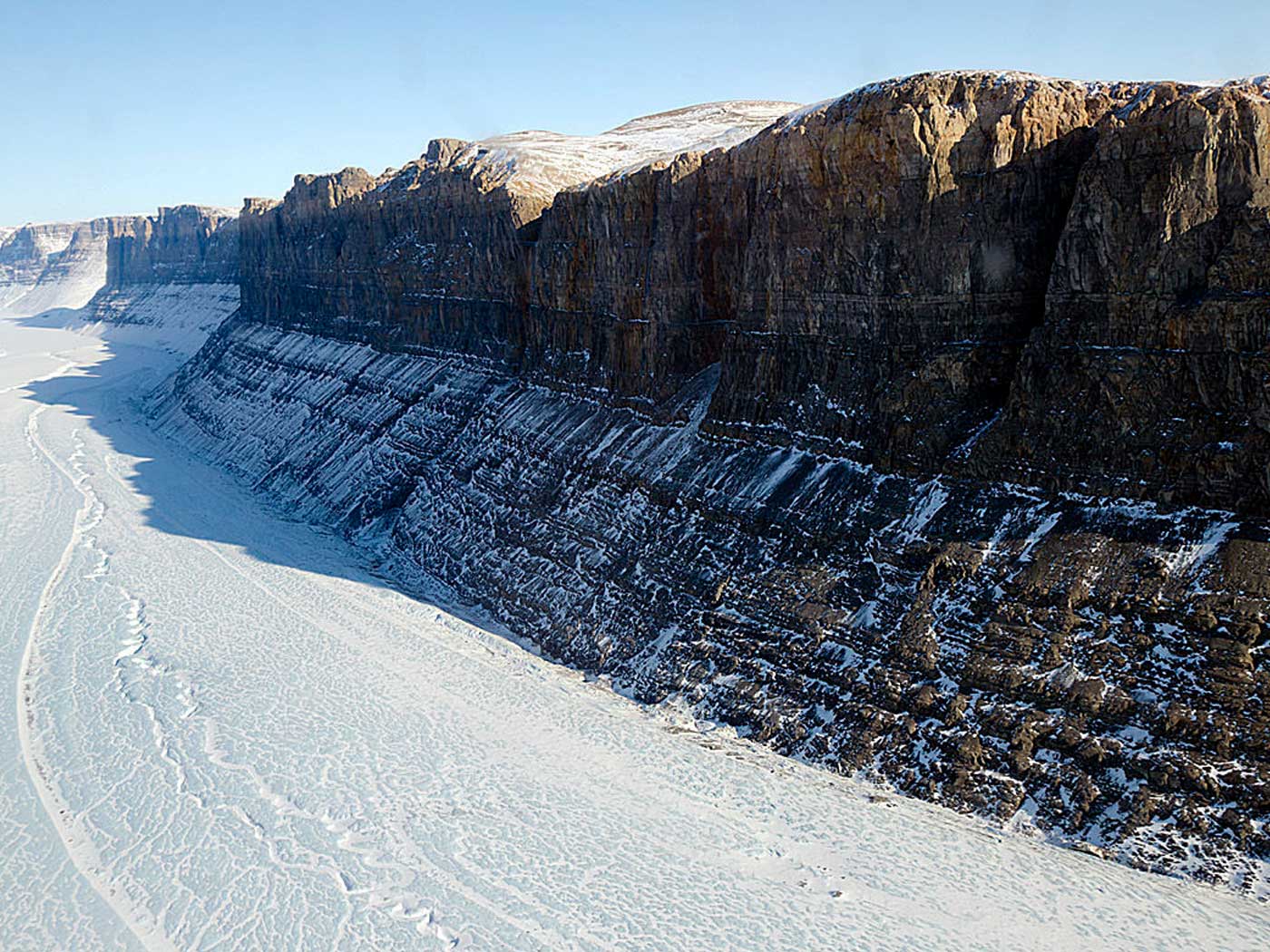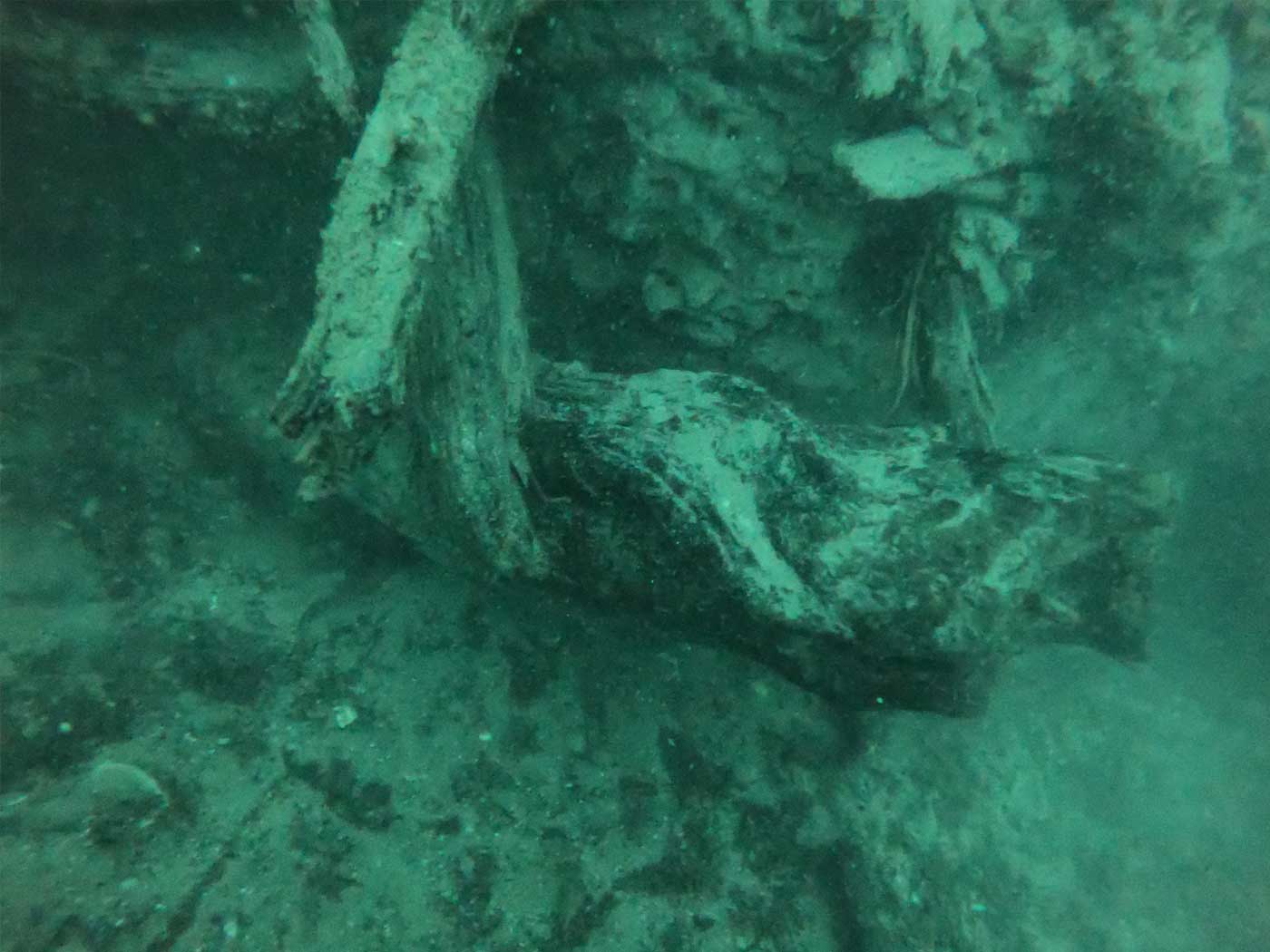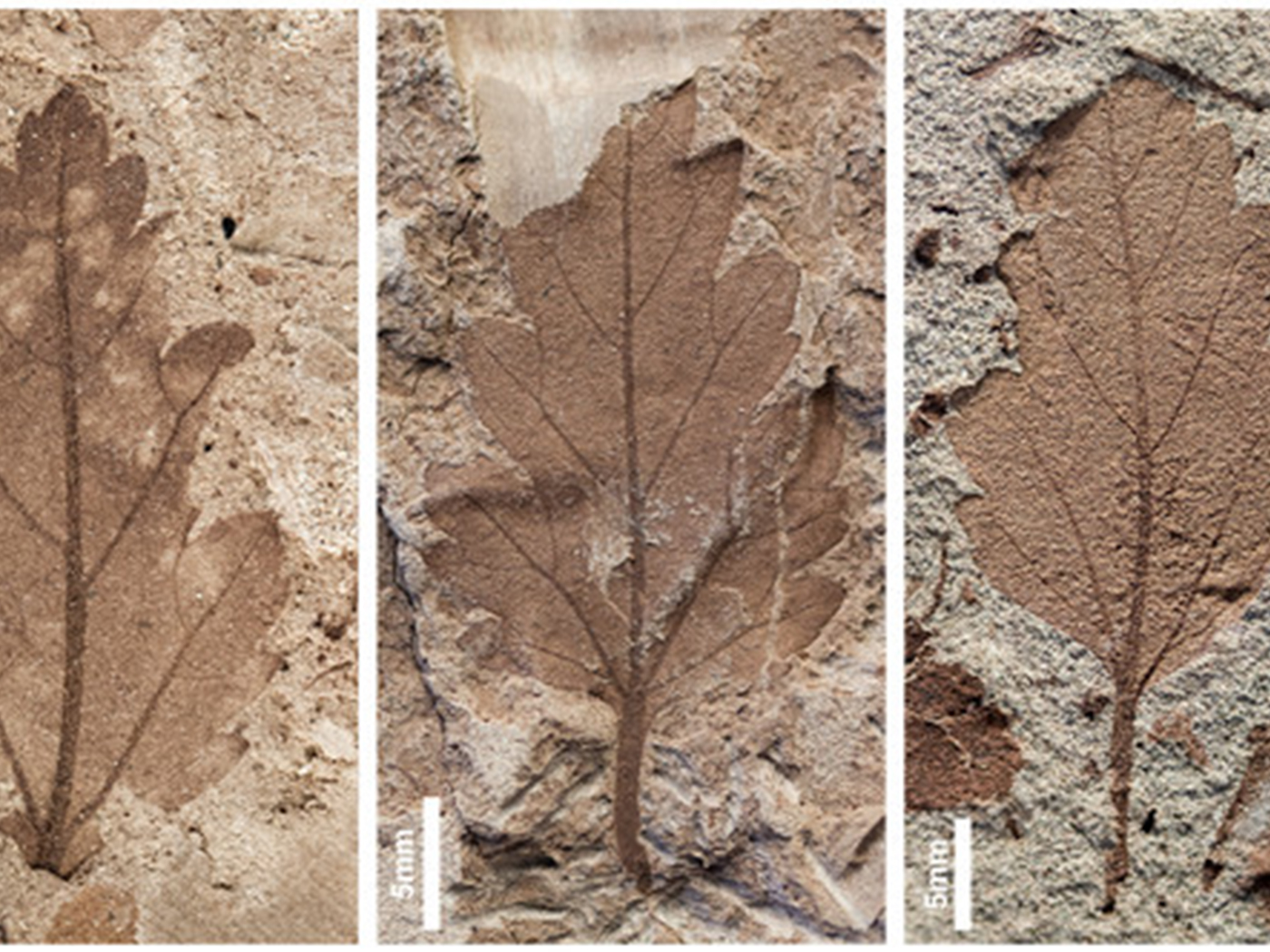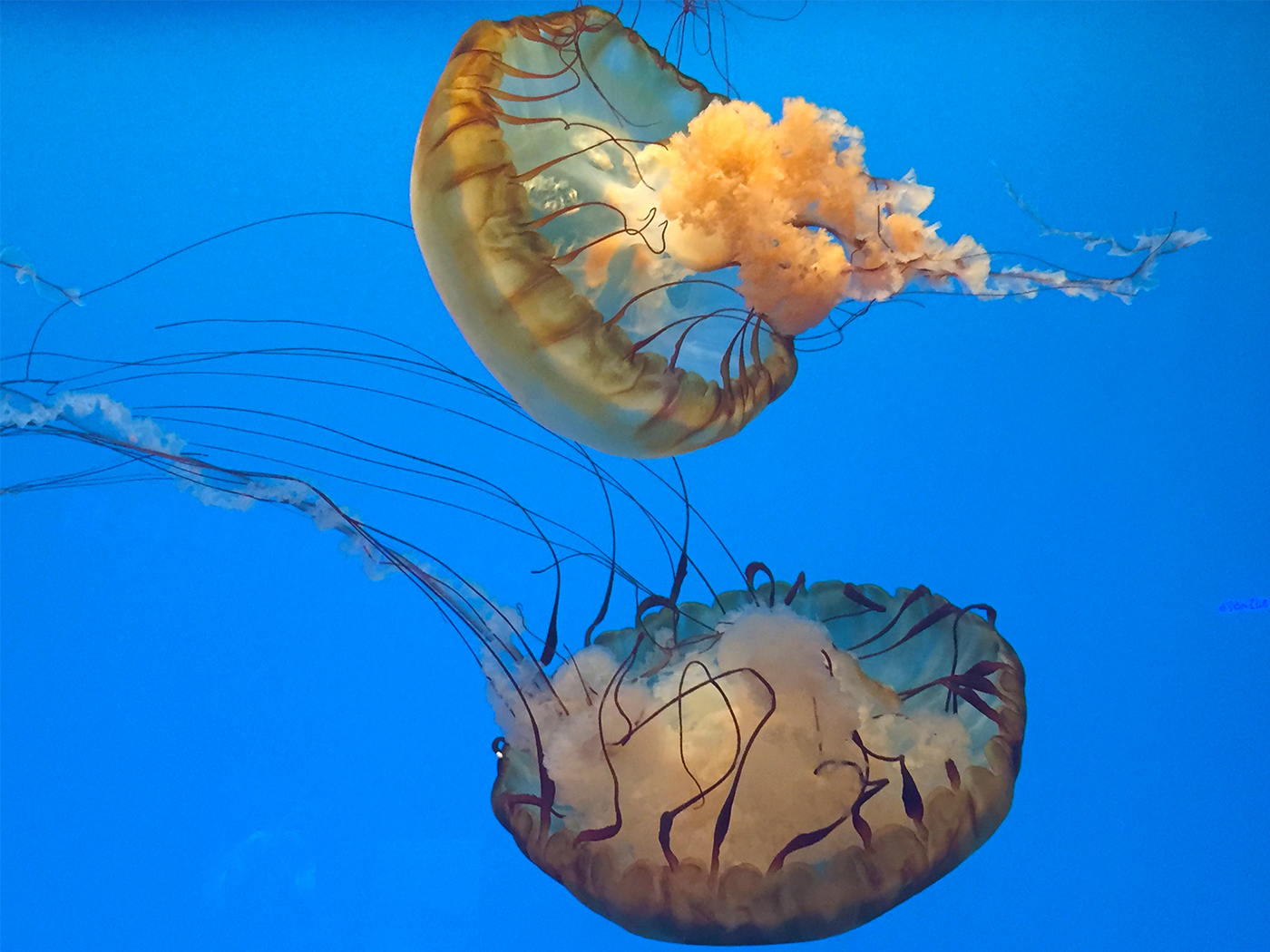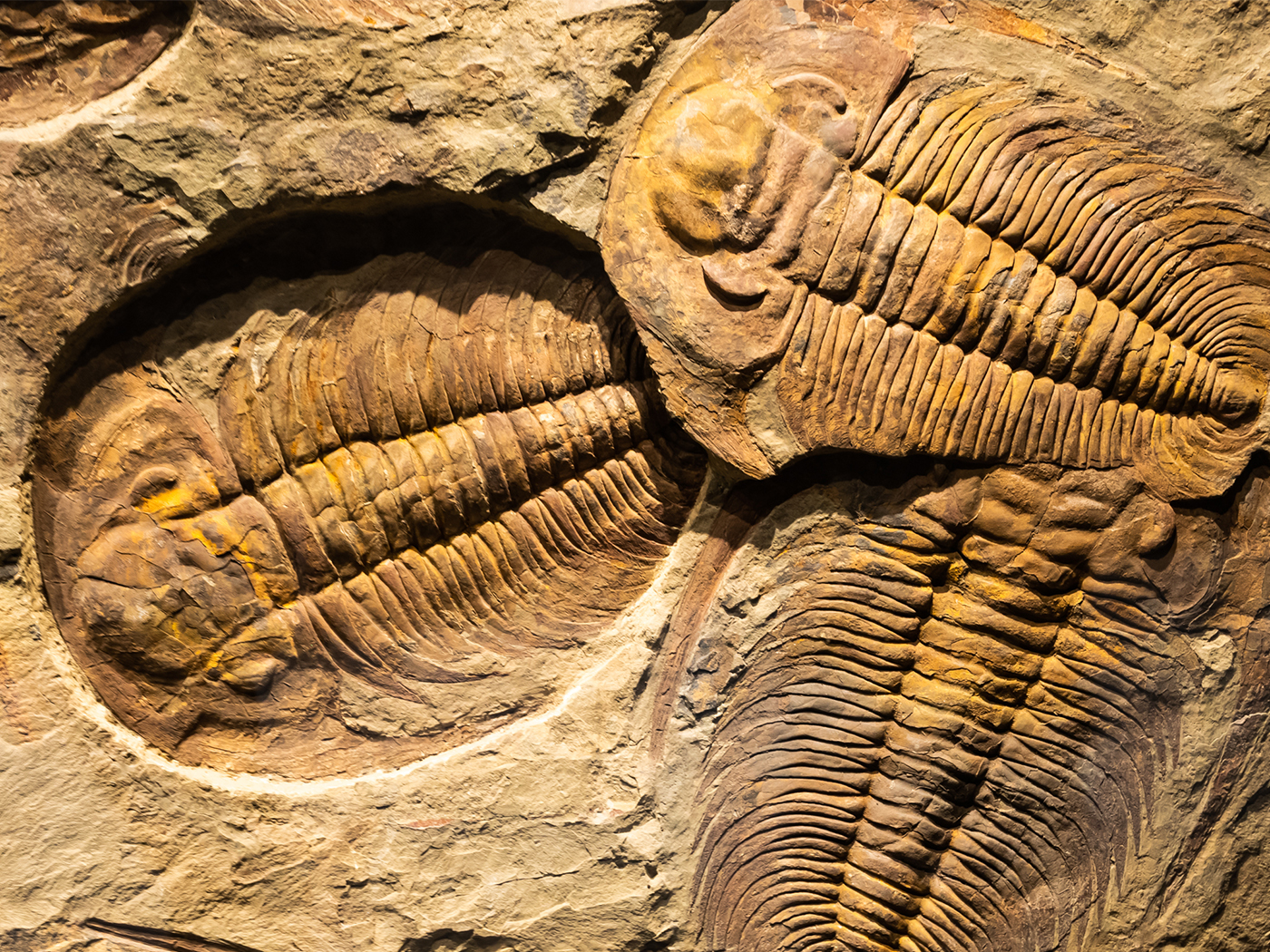The 24-inch fossil includes a squid-like animal called a belemnoid with its ten tentacles wrapped around a herring. The herring was violently killed by the belemnoid prior to burial as its ten tentacles had crushed the skull of the fish.
"The head [of the herring] has been bitten through; the bones have got sharp edges where they've literally been crushed and broken," said lead author Malcom Hart from the University of Plymouth in England. "So this thing probably attacked the fish quite violently—the bones in the head of the fish are just literally smashed."1
The fossil was originally found along the southern England coast in the 19th Century. The region around Dorset and the East Devon Coast are famous for the many marine fossils, including many ichthyosaurs.1
Hart studied the fossil pair in 2019 while it was on loan to the Lyme Regis Museum from the British Geological Survey.1 The museum resides near the location where Mary Anning used to sell fossils in the early 19th Century. Anning is credited with finding the first complete ichthyosaur near the town of Lyme Regis.
The research team identified the belemnoid as Clarkeiteuthis montefiorei, a 16-inch shelled squid-like creature with ten arms. It also had hooks on its tentacles that were likely for grasping instead of suckers.1 The herring was also identified as Dorsetichthys bechei.1
The scientists remain baffled to explain the life-assemblage of the duo, preserving essentially a perfect snapshot of the attack. They suggested two possibilities:
It's possible that the fish was too big for the squid relative, or that it became stuck in the predator's jaws. This could have killed the squid, which would have sunk to the seafloor with its last meal and undergone fossilization. For instance, it's strange that a scavenger didn't eat these dead animals, Hart said. The Dorset and East Devon Coast, a UNESCO World Heritage site, is home to other Jurassic fossils such as "huge ichthyosaurs and pliosaurs, and they would have eaten anything," Hart said. "The question is why the two of them [the belemnoid and fish] got preserved without getting eaten — that we don't understand."1
The other idea is that the belemnoid took its prey to the seafloor in a strategy known as "distraction sinking," which would have helped it avoid other predators. However, perhaps the seafloor had low oxygen levels, which would have led to suffocation and death.
Still, Hart noted that he's studied the Charmouth Mudstone formations, where this fossil was found, and noticed that it's abundant in "microfossils that would have required oxygen," he said.1
The other idea is that the belemnoid took its prey to the seafloor in a strategy known as "distraction sinking," which would have helped it avoid other predators. However, perhaps the seafloor had low oxygen levels, which would have led to suffocation and death.
Still, Hart noted that he's studied the Charmouth Mudstone formations, where this fossil was found, and noticed that it's abundant in "microfossils that would have required oxygen," he said.1
Science writer Laura Geggel concluded, “So, it remains a mystery how this squid-like creature and its prey ended up fossilized.”1
In contrast, the baffling mystery disappears if the global Flood is viewed as a historical event. Countless other life assemblage fossils of fish eating other fish, ichthyosaurs giving live birth and dinosaurs locked in a fighting positions have been unearthed.2 These discoveries, like the “new” discovery of the belemnoid eating a herring, are expected consequences of catastrophic and rapid burial. These conditions were common across the earth during the inundation of the global Flood. There is no mystery. The evidence for a global judgement is in plain sight.
Stage image: Fish and belemnoid fossil.
Stage image credit: Malcolm Hart/Proceedings of the Geologists' Association. Copyright © 2020. Adapted for use in accordance with federal copyright (fair use doctrine) law. Usage by ICR does not imply endorsement of copyright holders.
References
1. Geggel, L. 2020. 200 million-year-old fossil shows oldest 'squid attack' on record. LiveScience. Posted on livescience.com May 7, 2020, accessed May 12, 2020.
2. Clarey, T. 2020. Carved in Stone. Dallas, TX: Institute for Creation Research, 90-113.
*Dr. Clarey is Research Associate at the Institute for Creation Research and earned his doctorate in geology from Western Michigan University.




